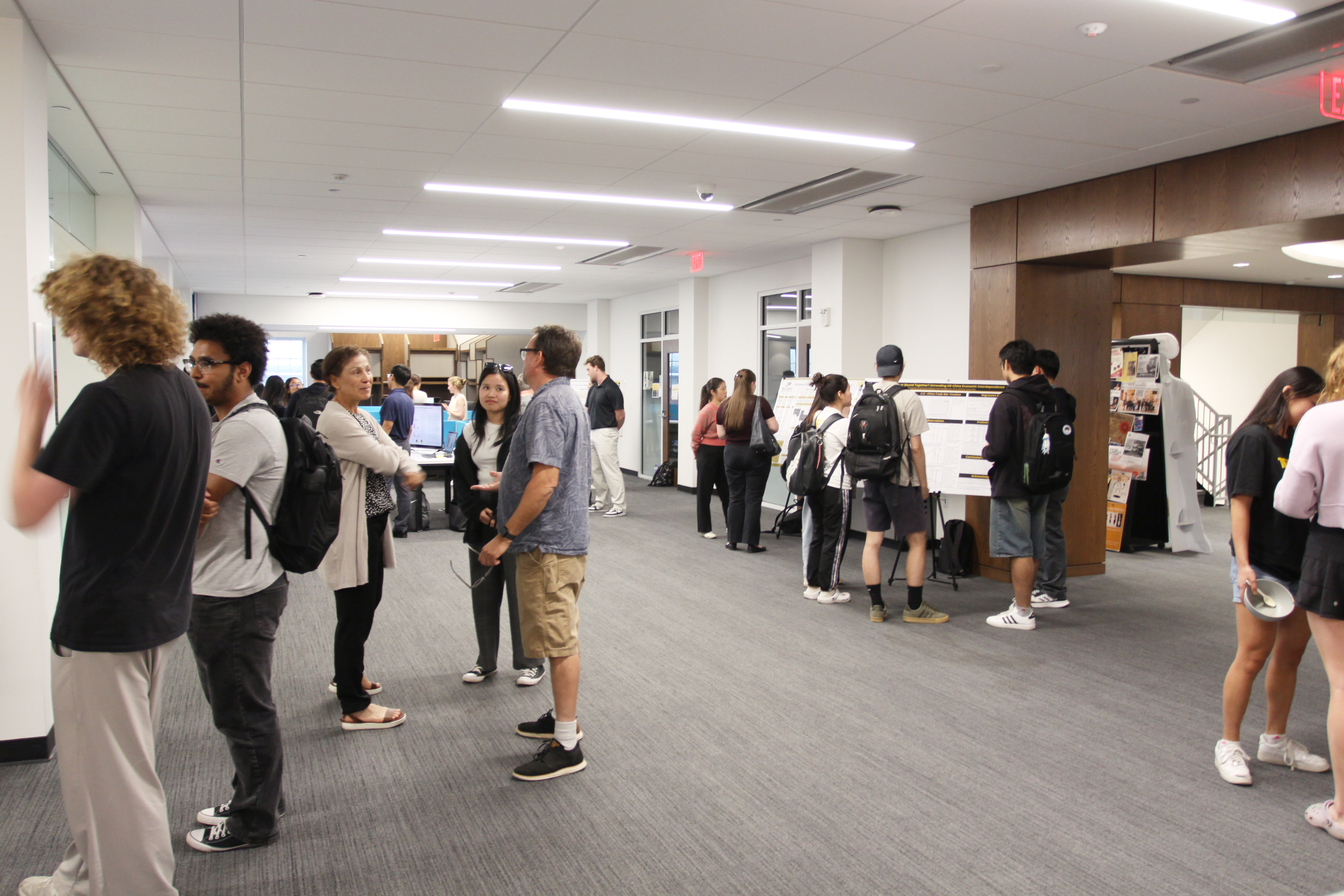Files
Download Full Text (688 KB)
Document Type
Poster
Publication Date
Fall 10-6-2023
Abstract
There are several techniques a rider can choose from that they can perform being distributed along the long-board ride. This research aims to create a machine-learning model that can efficiently classify these techniques at different periods of time using raw acceleration data. This paper presents the complete workflow of the application. This application involves analytical geometry, multidimensional calculus, and linear algebra and can be used to visualize and normalize time-invariant object paths. This model focuses on displacement data calculated from raw acceleration data and gyro sensor data from a smartphone application called "Physics Toolbox Sensor Suite". We extracted features from each dynamic window of time in the displacement data and then fed them into machine learning algorithms with various statistical features, including supervised learning classifiers and Long short-term memory. We found that the Decision Tree with post-pruning produces a performance 93.4%, and the Random Forest produces a performance 96.8%. Although Decision Tree works faster than Random Forest, we ultimately used Random Forest classifier in our application, since the application does not perform prediction and classification in real-time.
Department
Mathematical Sciences, DePauw University
Project Mentor
McKenzie Lamb, PhD
Recommended Citation
Le, Tuan (Kevin); Sajtar, Evans; and Lamb, McKenzie, "Longboard classification using Machine Learning" (2023). Annual Student Research Poster Session. 126.
https://scholarship.depauw.edu/srfposters/126



